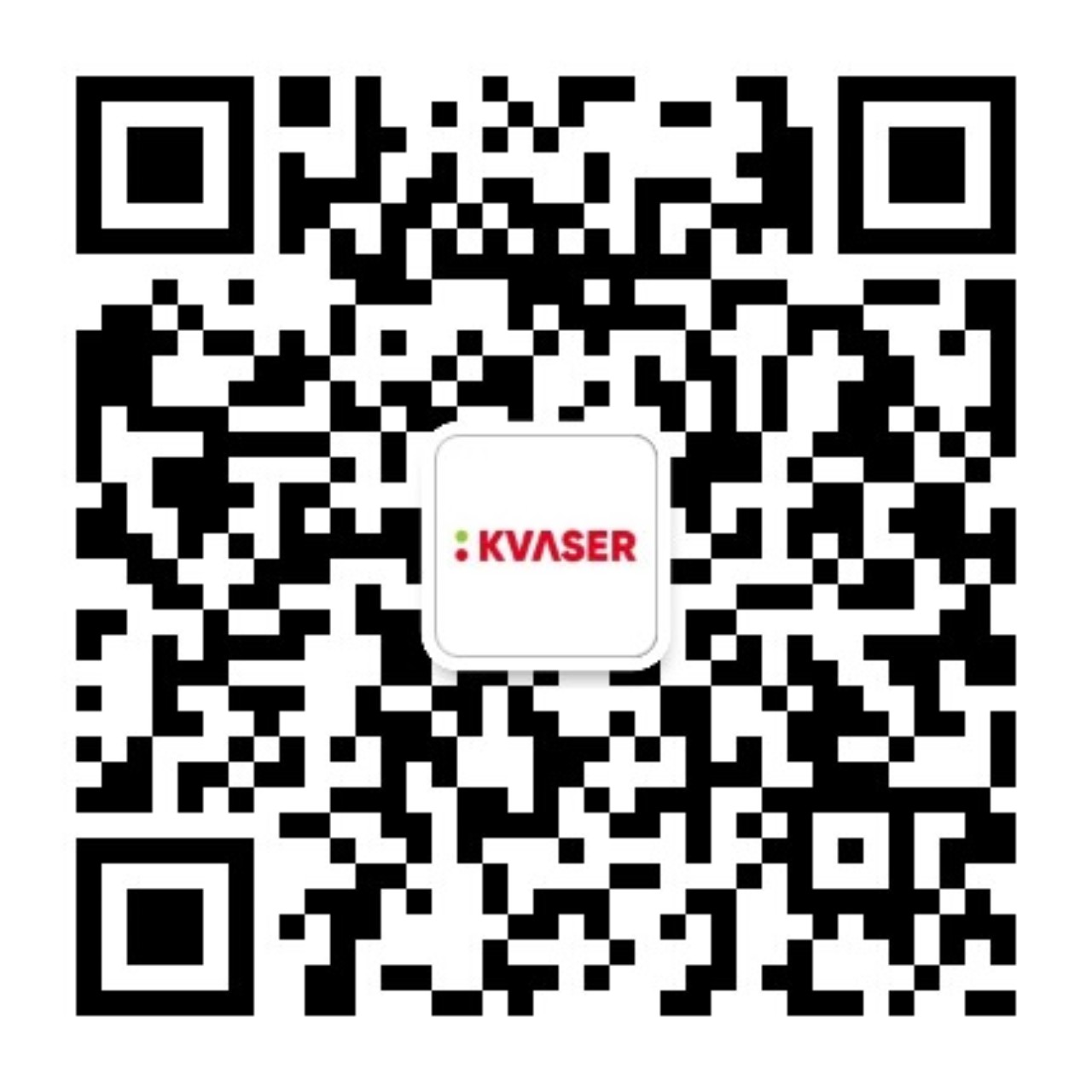ERA(Electric RaceAbout)是由赫尔辛基城市应用科学大学和有名的拉赫蒂理工大学设计学院合作进行的工程项目,该项目在其电动赛车的电池管理系统中使用Kvaser的Eagle CAN适配器和数据记录仪。
ERA赛车重头设计,在电力动力系统和电池系统中采用最新的技术以及轻型生产工艺。目标是创造最先进的电池驱动的电动汽车,能够象充满动力的赛车那样行驶,但是能源消耗极低并且没有尾气排放。
ERA车队今年年初在汽车中安装了一个新的锂聚合物电池包,其中包括由乔纳斯.赛尼奥开发的新的电池管理系统(是他的工程学位论文)。赛尼奥说:“在开发阶段,我们认识到需要一个外部CAN总线控制的非易失存储设备来存储各种数据,例如充放电能(千瓦时)和充放电能(安培小时)。这允许我们跟踪在电池寿命期间和项目期间使用了多少能源和安培小时。Kvaser的Eagle产品可以完美地解决这个问题。”
Kvaser Eagle封装在ERA汽车内部的仪表盘下面,一个外部CAN数据记录仪用来图形化地呈现存储在Kvaser Eagle中的信息,以及存储来自汽车多路CAN总线的数据。值得一提的是,ERA汽车有四路CAN总线。一路用于电机控制;一路用于不同种类的传感器、充电器、车辆控制设备、仪表面板;一路用于汽车的低电压系统;一路用于BMS系统。一些设备还同时连接到两路不同的CAN总线。例如,BMS主控装置使用一个内部CAN总线来监视电池,同时把数据报告给另一路CAN总线,以便让其它系统设备知道电池的情况。
赛尼奥使用Eagle的t编程语言来控制Eagle如何与电池管理系统进行交互,以及定制构建的图形用户界面来帮助理解收集到的数据。下方的图片显示存储在Kvaser Eagle内存中的电池信息。
赛尼奥解释:“Kvaser Eagle作为系统的CAN总线控制的内存运行。当车辆启动时,BMS主控装置从内存中请求所有以前的能源和充电数据(如上图所示)。可以在图片右侧看到启动时接收到的数据。BMS主控装置每隔15秒把刷新的值发送到CAN总线中,Kvaser Eagle在CAN总线中捕获和存储这些值。”他补充道:“出于设备的t脚本功能,Kvaser Eagle是理所当然的选择。这使得用户能够按照确切需要的功能定制设备。以前使用Kvaser’s USBcan II的经历也证明Kvaser是我们的理想选择。”
BMS有许多功能,其中一项是告知车队电池充放电的程度。更让人关注的功能仍然是电池总共已经消耗多少安培小时和能量(千瓦时)。这是因为,将来这些值能够指示很多性能状况,例如在注意到电池性能下降之前消耗了多少能量/电力。根据使用的总能量,还可以计算放电能量的花费。将来,CAN总线控制的外部存储器将能够存储更多信息,例如里程计。
在2012-2013赛季中,车队安装了许多新部件,目标是为纽博格林北赛道的电动赛车创造新纪录。有限的轨道时间和严酷比赛后缓慢的电池冷却意味着他们记录的最快圈速是08.23分钟,但是车队和车手都认为,他们可以在不大幅度改变赛车的情况下达到8分钟以下。新的圈速比ERA以前的记录快20秒,仅仅比相同系列(Mercedes SLS-AMG电动汽车)中最快的电动汽车慢27秒,这的确是一项了不起的成就。我们祝贺ERA车队并祝他们在2013-2014赛季取得更好的成绩。
 linkedin
linkedin twitter
twitter youtube
youtube youku
youku weixin
weixin